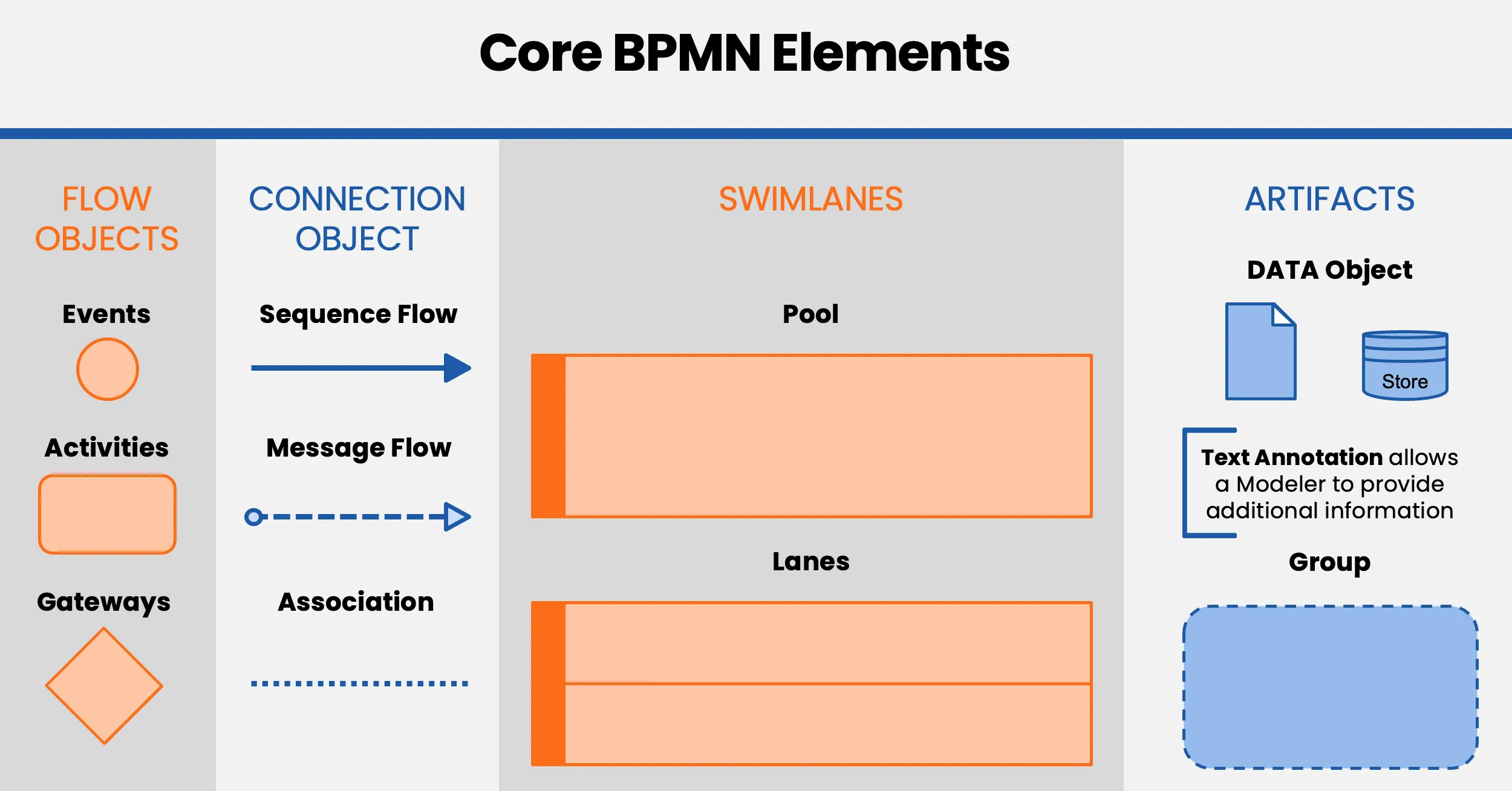BPMN Diagram Construction Guide
Step-by-step instructions for building BPMN diagrams, with tips for clarity, structure, and effective business process modeling.
Are your business processes starting to feel overwhelming? Managing many tasks, tracking steps, and keeping everything running smoothly can be tough. That is where Business Process Model and Notation (BPMN) 2.0 comes in. BPMN 2.0 is a powerful tool that helps you visualize, understand, and improve your business process management. By mapping your workflows, you can spot inefficiencies, optimize steps, and boost overall efficiency.
Think of BPMN 2.0 as a universal language for mapping business processes. Developed by the Object Management Group (OMG), it is a standardized notation system that lets you create clear, easy-to-understand flowcharts of your business processes. The best part? BPMN 2.0 is vendor-neutral, so anyone can read and interpret a BPMN diagram, no matter what software they use.
ProcessMind uses BPMN 2.0 and combines process mining, process design, and process simulation to help you manage your business processes. With our platform, you can monitor, analyze, and optimize your workflows for real improvements in efficiency and productivity.
There are many benefits to using BPMN 2.0 for business process management. Here are just a few:
A BPMN 2.0 diagram is like a blueprint for your business process. It is built from a few basic building blocks:
BPMN uses four main types of elements to map a business process:

Do you want to dive deeper into the building blocks of BPMN 2.0 diagrams and see how they can help you streamline your business processes? Click the links below to keep learning.